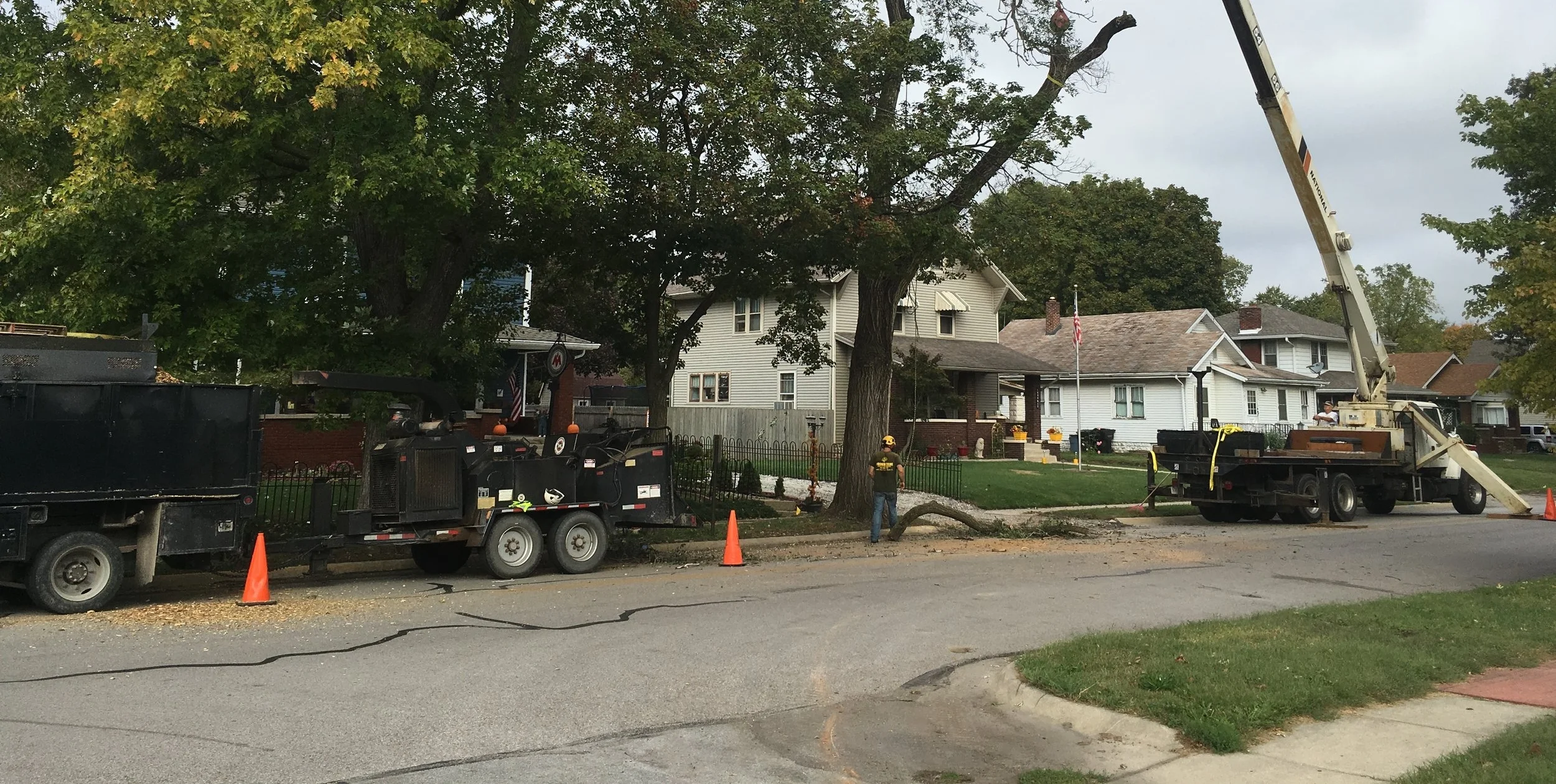How Do Trees Survive Winter’s Snow and Ice?
/Ever wonder how trees survive the cold winter months? Even though evergreens don’t change much throughout the year, deciduous trees aren’t so lucky. Trees such as maple, oak, walnut, and beach go through a lot of changes throughout the year, especially during autumn when they lose their leaves. But how do these marvelous trees stay alive without their leaves? Well the answer lies in one word, Dormancy.
“As the seasons change, trees prepare to overwinter in a dormant state. Dormancy is not death; it is a natural state in which trees prepare and adapt to cold conditions with physiological and structural adjustments.” (Purdue Extension) “There are two main challenges facing trees during winter months: the cold and a lack of liquid water.” To combat this, there are “two main survival strategies trees possess: chemical adaptations and structural adaptations. Bark provides fairly tight barriers to water for most tree tissues. The bark also helps protect the tissues from abrasion and physical damage.”
(Michigan State University) There are also a lot of chemical changes going on. “ABA is a chemical that also suspends growth, preventing cells from dividing. This is something that occurs in both deciduous and coniferous trees. Impeded growth is another aspect of dormancy. It saves a lot of energy to stall growth during the winter, and during the winter, the tree isn't making any new food for energy.” (Mother Nature Network) If you think about it, even though they look like static non-living creatures, trees are actually extremely active when the weather starts to turn cold.
So next time you’re sitting in front of the fireplace on a cold snowy winter day, think about your trees and how much change they have endured so far. Hopefully you can appreciate their ability to adapt, even though they cannot move or defend themselves easily again the cold and ice like us.
Browning Tree Service is a proud member of Indiana Arborist Association and International Society of Arboriculture, serving the West Lafayette and Lafayette, Indiana area!
Resources:
https://www.mnn.com/earth-matters/wilderness-resources/stories/how-do-trees-survive-winter
https://www.canr.msu.edu/news/how_do_trees_survive_in_the_winter










